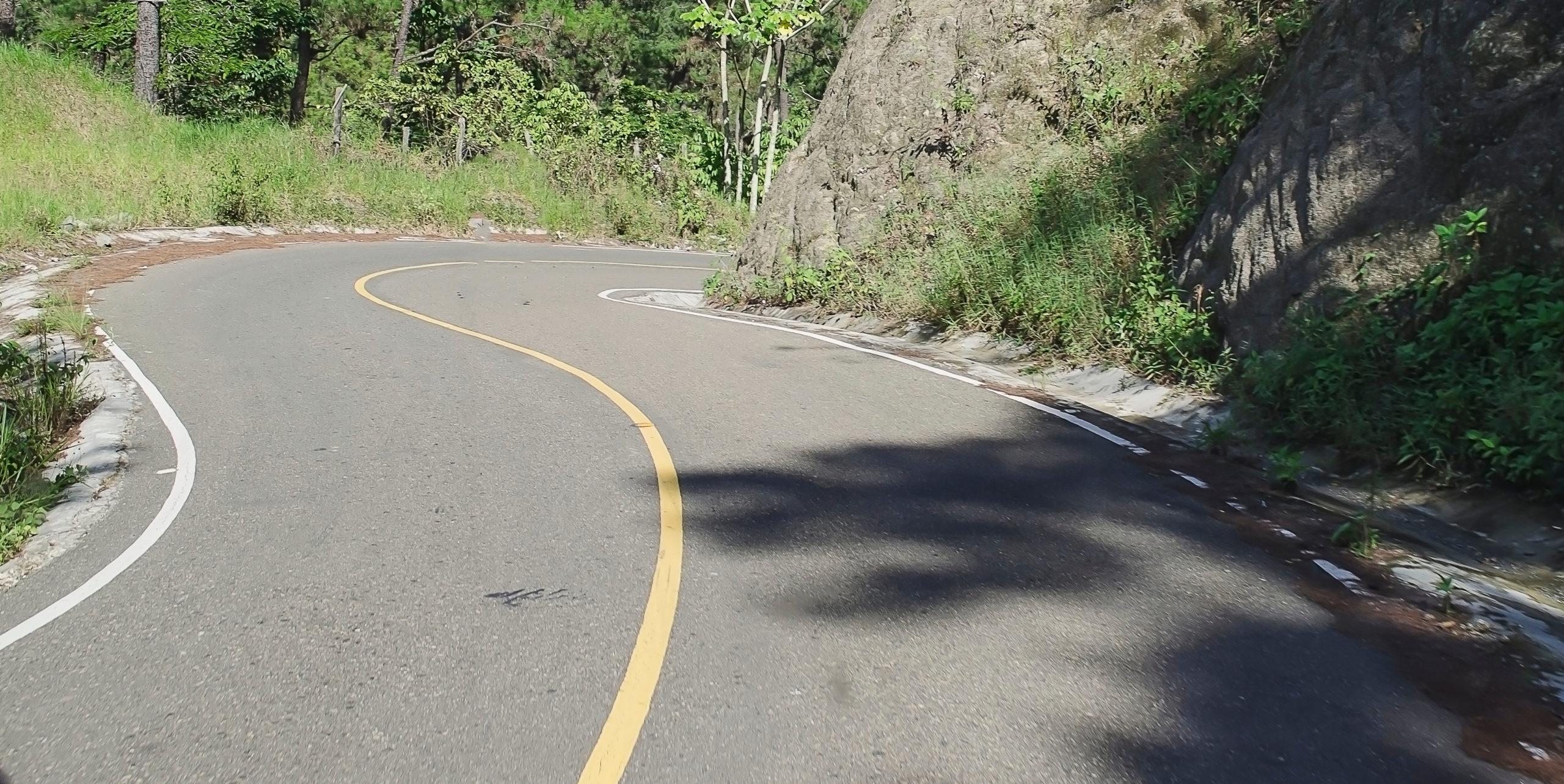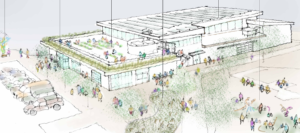Food banks and other distributors are coming up with creative answers to the problem of reaching the food-insecure in rural areas.
Solutions have ranged from using the U.S. mail in Montana, to employing tractor-trailers to resupply dozens of local agencies in Tennessee, to morphing ad-hoc firewood deliveries into a full-fledged food and supply distribution in the most remote area of the Navajo Nation.
Hunger is a persistent feature in rural America, and the pandemic has only made problems there worse. The Food Research & Action Center estimates that 8% to 18% of households experienced food insecurity between 2014 and 2016 in states where at least one-third of the population is rural.
In that same period, rural areas faced significantly higher food insecurity than metropolitan areas, at 15% (rural) versus 11.8% (metro), according to FRAC. Rural areas also had higher poverty, with those areas registering 15.8%, versus 12.2% below the poverty line in metros.

One way to cope with rural food insecurity is pretty straightforward — mail the food.
The Montana Food Bank Network started using UPS to send boxes of food to some of its most distant recipients in 2015, according to Eric Luongo, Agency Resource Coordinator. Boxes mailed on a Friday usually get to remote addresses early the next week, he said.
The food is all non-perishable, Luongo said, as UPS trucks are not refrigerated, and includes items such as canned goods, powdered milk, oatmeal and pasta. It is intended as a monthly supplement, mainly to the elderly.
“I mostly do direct mail. They’ve been pretty reliable,” Luongo said of the UPS service he uses for 20 to 25 people once a month (occasionally at different intervals). He prints mailing labels and adds some relevant reading material to the boxes, like senior nutrition facts or recipes.
It’s a pretty expensive thing to do, he said. Mailing a 30-pound box by UPS ground can cost $25 to $30. He includes a stamped, self-addressed envelope with a form that recipients fill out and return to get a box again the next month.
MFBN, based in western Montana, also ships pallets of food to nine drop sites in eastern Montana, a drive that can take seven hours or more in that very long state. Part of its outreach is to American Indian reservations, and it hopes to add more Native homelands, Luongo said.

In Tennessee, Second Harvest of East Tennessee has started a program it calls Rural Routes, using tractor-trailers to navigate mountainous roads to deliver food to remote agency partners.
There is a rural route for each of the 18 counties the food bank serves within its 6,600 square mile territory, which can include drives of 300 miles one way to serve dozens of food pantries. The food bank just bought two new trucks, equipped to easily move around on mountain roads, said Executive Director Elaine Streno.
Pre-Covid, deliveries were sent four or five times a month. Now, they are going out two or three times a week, with volunteers putting boxes of food into the trunks of people’s cars.
“Pre-Covid, our partners would pay for the rural route truck to go to their agency or pantry,” Streno said. “Since Covid, we’ve been paying for it ourselves in some areas that have been hit very hard.”
She estimated the deliveries benefit 300 to 400 families, including people of all ages. Due to the opioid crisis, a lot of grandparents are bringing up their grandchildren in Eastern Tennessee, she noted.
In a remote part of an already-remote reservation, a firewood delivery route has morphed into a robust effort to get food to residents both through personal deliveries and drive throughs.
Utah Navajo Covid Relief Coordinator Sahar Khadjenoury III, a Navajo tribal member, recalled the modest beginnings of the program, run through the Utah Navajo Health Services (UNHS). As Covid cases started to emerge in the tribe, she and a co-worker sought ways to keep people out of public settings.
They decided to start a modest friends and family effort to bring food to the same elders and shut-ins for whom they chopped and delivered firewood during wintertime. “This part of Utah is a food desert. It takes us an hour to drive to the nearest grocery store,” Khadjenoury said.
The Utah reaches of the Navajo Nation are the northernmost areas of the giant reservation, which is the size of West Virginia and stretches through Arizona, New Mexico and Utah. The Utah part of the Navajo is so spread out, it can take all day to make eight deliveries, Khadjenoury said.
Friends and family organized food drives and U-Hauls to bring food back to their part of Utah to assemble food care packages. With “a modest weekly budget” from UNHS, the project expanded to include several drive throughs by the end of March.
The relief effort now includes drive throughs, home deliveries to those sickened by the pandemic, and help for families and those with compromised auto immune systems. At its peak, the effort aided more than 3,000 families in Utah and neighboring Colorado and New Mexico, she said.
Khadjenoury has made the relief effort a second full-time job in addition to her position as youth behavioral specialist. It takes a lot of hard work and dedication by all involved, she said. “We’re building muscles in places where we didn’t know we could build muscles.” — Mark Fogarty
Mark Fogarty is a finance writer with interests in affordable housing, permanent housing for the homeless and other topics. He is the former editor of National Mortgage News and has freelanced articles for Indian Country Today, The Housing Scene, and Tax Credit Advisor.
PHOTO CREDIT, ABOVE: Francisco Rodriguez Herna via Shutterstock
Like what you’re reading?
Support Food Bank NewsConnect with Us:










